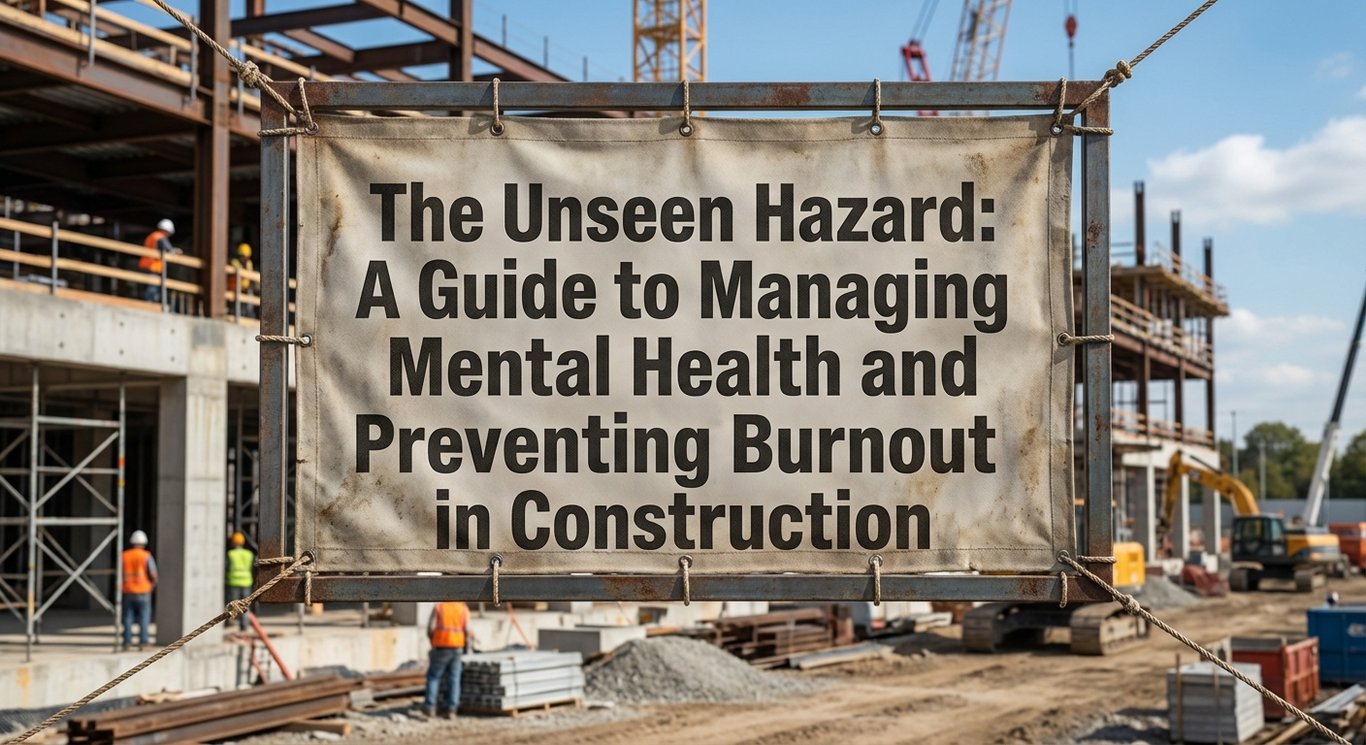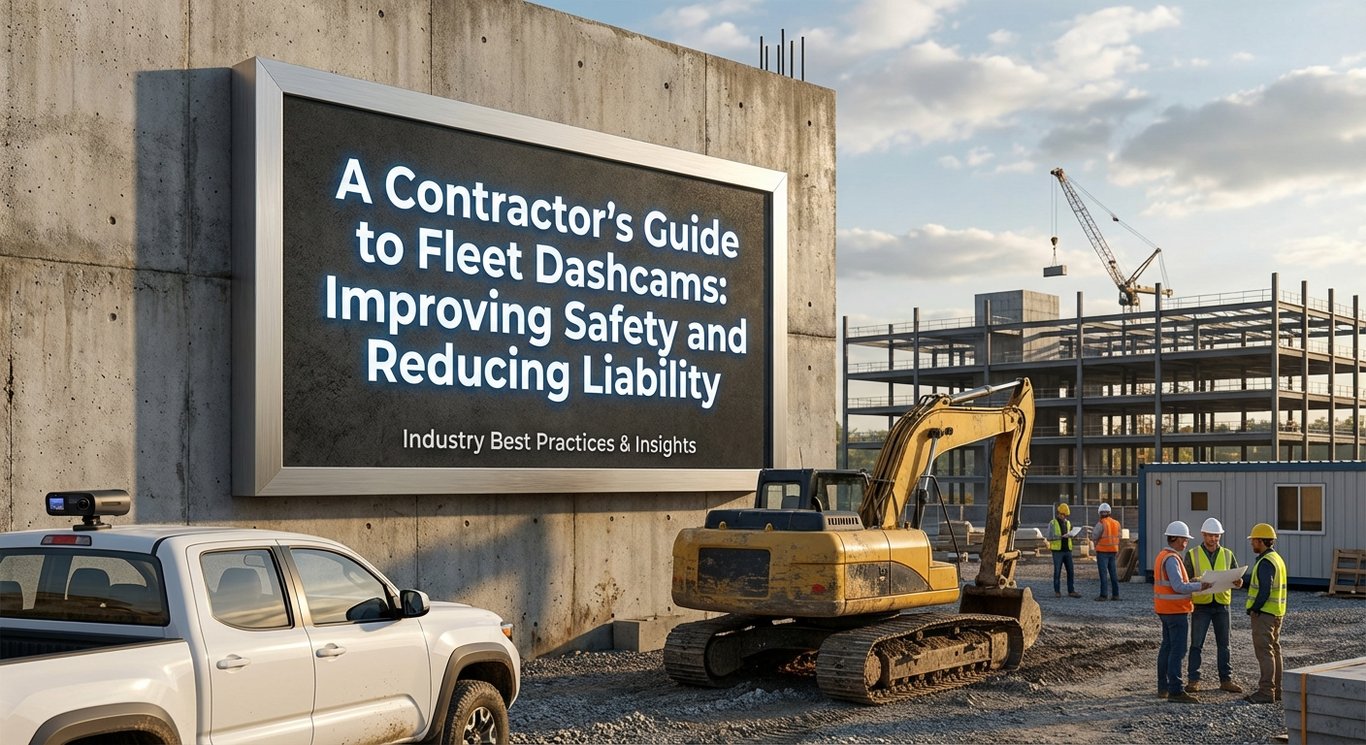A Contractor’s Guide to Building a Resilient Material Supply Chain
Introduction
In recent years, contractors have faced unprecedented challenges in managing their material supply chains. From global pandemics and geopolitical tensions to natural disasters and economic fluctuations, disruptions have become more frequent and severe 😔. These events have highlighted the fragility of traditional supply chain models, forcing contractors to rethink how they source and manage materials. The need for resilience has never been more urgent if businesses want to stay competitive and deliver projects on time.
Resilience in the context of material supply chains means having the ability to withstand, adapt to, and recover from disruptions while maintaining operations. This guide will walk you through understanding your supply chain landscape, identifying risks, diversifying suppliers, leveraging technology, and much more. By the end, you’ll have actionable strategies to build a supply chain that can weather any storm 🌟. Let’s dive in!
Understanding the Construction Supply Chain Landscape
The construction supply chain involves multiple stakeholders working together to ensure materials reach job sites on time. Key players include material suppliers (like steel or concrete providers), subcontractors who handle specialized tasks, and logistics providers responsible for transportation. Each participant plays a critical role, and any breakdown in communication or coordination can ripple through the entire chain. Understanding this interconnected web is essential for effective management.
To minimize vulnerabilities, contractors must map out their entire supply network. This exercise helps identify weak links, such as over-reliance on specific vendors or regions prone to disruption. By visualizing the flow of goods and information, you gain clarity on where potential bottlenecks might occur and how to address them proactively. Armed with this knowledge, you’re better equipped to coordinate workflows and mitigate risks before they escalate.
Identifying and Assessing Key Supply Chain Risks
Construction supply chains face a variety of risks, ranging from operational issues like equipment failures to broader factors like market volatility and geopolitical instability. Environmental risks, such as extreme weather events, also pose significant threats. For example, hurricanes or wildfires can delay shipments and cause shortages of critical materials. Recognizing these common threats is the first step toward building resilience.
Once risks are identified, contractors should evaluate them based on likelihood and potential impact. Prioritizing high-probability, high-impact risks ensures resources are allocated effectively. Tools like risk matrices can help organize this assessment process, making it easier to focus on areas that demand immediate attention. With a clear understanding of your vulnerabilities, you can develop targeted strategies to safeguard your operations 💪.
“There are several types of risks construction contractors face, including operational, market, geopolitical, and environmental risks.” -CONEXPO-CON/AGG
Diversifying Suppliers and Sourcing Strategies
Relying too heavily on a single supplier or region can leave contractors exposed during unexpected disruptions. Recent examples include semiconductor shortages affecting electronics-dependent tools or port closures delaying imports. When one link in the chain falters, the entire project suffers. Diversification acts as an insurance policy against such shocks by spreading risk across multiple sources.
To create a robust supplier portfolio, start by researching alternative vendors both locally and globally. Local suppliers often offer faster delivery times, while international options may provide cost savings or access to unique materials. Establishing relationships with backup suppliers ensures continuity even when primary partners encounter difficulties. By diversifying strategically, you reduce dependency and increase flexibility, giving your business a competitive edge ✨.
“Conduct a thorough supply chain mapping exercise by identifying every supplier and intermediary involved.” -CONEXPO-CON/AGG
Enhancing Forecasting and Proactive Inventory Management
Accurate demand forecasting is crucial for avoiding costly shortages or excess inventory. Without precise predictions, contractors risk running out of essential materials or tying up capital in unused stock. Real-time inventory tracking systems allow teams to monitor levels closely and make informed purchasing decisions. This proactive approach minimizes waste and maximizes efficiency.
Digital tools powered by data analytics can revolutionize procurement strategies. Software solutions enable contractors to analyze trends, anticipate future needs, and optimize order quantities. For instance, predictive analytics can flag potential bottlenecks weeks in advance, giving you ample time to adjust plans. Embracing these technologies not only enhances resilience but also boosts profitability 📈.
“Relying on a single supplier or region for critical materials creates vulnerability. Instead, construction firms should diversify suppliers…” -Paulson and Partners
Leveraging Technology and Real-Time Monitoring Tools
Modern construction-specific software provides unparalleled transparency and control over supply chains. From tracking shipments to monitoring stock levels, real-time tools empower contractors to respond swiftly to disruptions. Whether it’s rerouting deliveries due to traffic delays or restocking depleted items, technology reduces reaction times and keeps projects moving smoothly 🚀.
Strategic Supplier Relationship Management
Building strong, collaborative relationships with suppliers is key to long-term success. Transparent communication fosters trust and encourages mutual problem-solving. Contractors should track supplier performance regularly using metrics like delivery times and product quality. Additionally, crafting win-win contract terms-such as flexible payment schedules or shared incentives-strengthens partnerships and aligns interests.
“Digital tools for inventory management and demand forecasting help construction firms optimize resource use and avoid excess inventory costs.” -Paulson and Partners
Periodic reviews with suppliers offer opportunities to discuss challenges and explore improvements. Open dialogue allows both parties to address concerns early, preventing minor issues from escalating into major problems. By nurturing these relationships, contractors create a resilient network capable of adapting to changing circumstances seamlessly 🤝.
Developing Contingency and Emergency Response Plans
Even the best-laid plans can falter under unforeseen circumstances. That’s why developing contingency plans is vital for managing top risks and material bottlenecks. Start by identifying “critical path” materials-those without which the project cannot proceed-and devise alternative sourcing options. Similarly, establish backup logistics routes to sidestep transportation snags.
“Construction-specific software can provide real-time supply chain visibility.” -CONEXPO-CON/AGG
Integrating contingency planning into contracts and schedules ensures preparedness. Clauses addressing force majeure events or late penalties protect timelines and budgets. Regular drills simulating disruptions help test response strategies and refine procedures. With comprehensive emergency plans in place, contractors can navigate crises confidently and keep projects on track 🛡️.
Financial and Contractual Strategies for Resilience
Long-term supplier contracts paired with commodity risk management techniques provide stability amidst market fluctuations. Hedging strategies, for example, shield against price volatility in raw materials like steel or lumber. Insurance solutions further safeguard investments by covering losses from unforeseen events. Together, these measures form a financial safety net for contractors.
“Even the most well-planned supply chain will face unforeseen disruptions at some point. Developing contingency plans for each identified risk ensures that your projects can continue with minimal delays.” -CONEXPO-CON/AGG
Essential contract provisions include escalation clauses that account for rising costs and penalties for delayed deliveries. Such terms protect project margins and hold suppliers accountable. By incorporating these safeguards, contractors ensure smoother operations and greater peace of mind 💼.
Fostering Collaboration with Project Partners and Clients
Aligning expectations among contractors, suppliers, and clients is crucial for mitigating risks and maintaining project momentum. Open communication channels foster transparency, enabling all parties to anticipate challenges and work collaboratively toward solutions. Whether it’s adjusting deadlines or finding substitute materials, teamwork strengthens resilience and drives success 🌐.
“Collaboration with your suppliers, subcontractors and clients is crucial to identifying and addressing potential risks.” -CONEXPO-CON/AGG
Continuous Improvement and Learning from Disruptions
Every disruption presents a learning opportunity. Conducting after-action reviews helps identify what worked well and what didn’t, guiding updates to existing plans. Staying adaptable and embracing new methods ensures ongoing improvement. By treating resilience as a dynamic process rather than a static goal, contractors position themselves for sustained success 🔄.
Metrics and KPIs for Supply Chain Resilience
Tracking key performance indicators (KPIs) provides valuable insights into supply chain health. Metrics like on-time delivery rates, supplier risk scores, stockout frequency, and response times to disruptions highlight strengths and weaknesses. Regularly reviewing these KPIs enables contractors to fine-tune strategies and maintain peak performance 📊.
“To combat this, commodity risk management helps organizations navigate the volatility of essential material supply chains, such as those for metals, energy, and agricultural products.” -Amazon Business Blog
Emerging Trends and the Future of Supply Chain Resilience in Construction
Digitalization, green procurement, and shifting geopolitics are reshaping supply chain dynamics. Technologies like blockchain and AI enhance traceability and decision-making, while sustainable practices attract eco-conscious clients. Meanwhile, evolving trade policies require contractors to stay agile and informed. Adapting to these trends positions businesses at the forefront of innovation 🌱.
Looking ahead, contractors must embrace flexibility and invest in cutting-edge solutions. By staying ahead of industry shifts, they can turn emerging risks into opportunities for growth. The future belongs to those who prepare today, leveraging every tool available to build stronger, smarter supply chains 🔮.
FAQ
1. What are the most common causes of supply chain disruption in construction?
Common causes include natural disasters, geopolitical conflicts, labor strikes, and economic downturns. Pandemics and technological failures also contribute significantly. Understanding these triggers helps contractors anticipate and mitigate risks effectively.
2. How can contractors quickly identify vulnerable points in their supply chain?
Contractors can conduct a thorough mapping exercise to pinpoint dependencies on specific suppliers or regions. Analyzing historical data and engaging stakeholders in discussions reveals weak spots requiring attention.
3. What technology solutions help track material inventory in real time?
Software platforms like ERP systems and IoT-enabled devices provide real-time visibility into inventory levels. Barcode scanning and RFID tags streamline tracking, ensuring accurate records and timely replenishment.
4. How should contractors choose between domestic and international suppliers for resilience?
Domestic suppliers typically offer faster delivery and lower transportation costs, while international suppliers may provide cost savings or unique products. Balancing proximity with diversity strengthens resilience.
5. What should a basic supplier risk assessment checklist include?
A checklist should cover supplier reliability, geographic location risks, financial stability, compliance with regulations, and capacity to meet demand spikes. Evaluating these factors ensures comprehensive risk coverage.
Conclusion
Building a resilient material supply chain requires careful planning, strategic diversification, and continuous adaptation. From mapping your network and assessing risks to leveraging technology and fostering collaboration, each step contributes to a stronger foundation. Remember, resilience isn’t a one-time achievement-it’s an ongoing effort to stay ahead of challenges.
Now’s the time to take action. Begin by mapping your current supply chain and identifying areas for improvement. Implement at least one new strategy from this guide, whether it’s diversifying suppliers, adopting real-time monitoring tools, or enhancing supplier relationships. These steps will set you on the path to a more resilient future 🏗️. Key takeaways include the importance of supplier diversification, real-time monitoring, and collaborative risk management-pillars that will support your business through any disruption.



